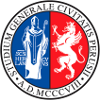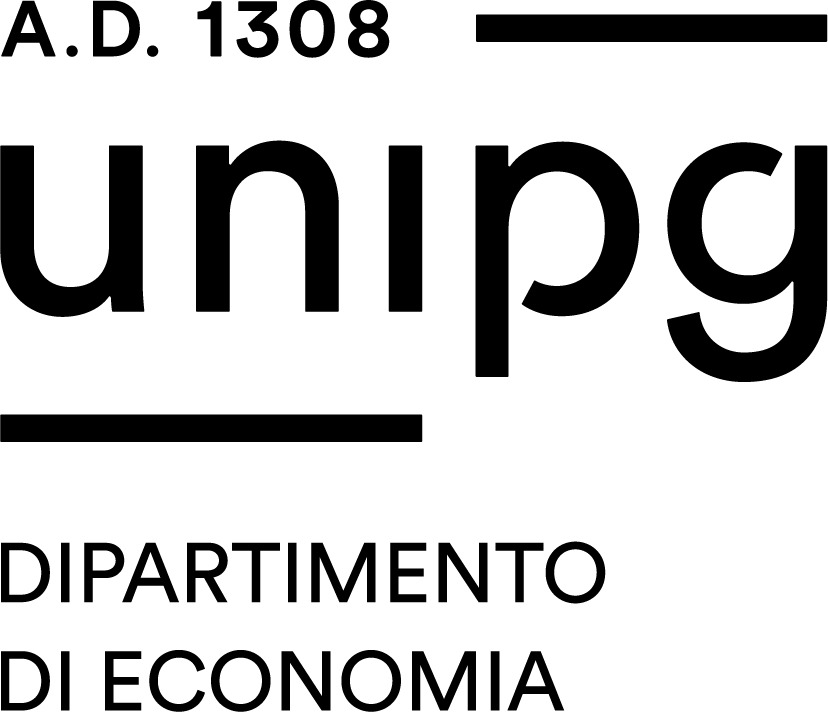Study-unit SYNTHETIC ASPECTS IN THE PREPARATION OF MACRO AND BIOMOLECULES
| Course name | Industrial pharmacy |
|---|---|
| Study-unit Code | A003603 |
| Location | PERUGIA |
| Curriculum | Comune a tutti i curricula |
| Lecturer | Claudio Santi |
| Lecturers |
|
| Hours |
|
| CFU | 4 |
| Course Regulation | Coorte 2023 |
| Supplied | 2024/25 |
| Supplied other course regulation | |
| Learning activities | Affine/integrativa |
| Area | Attività formative affini o integrative |
| Sector | CHIM/06 |
| Type of study-unit | Opzionale (Optional) |
| Type of learning activities | Attività formativa monodisciplinare |
| Language of instruction | Italian |
| Contents | The course aims to provide students with chemical knowledge of the major classes of natural biomolecules and some modified analogues for applications in chemical and pharmaceutical chemistry. Special attention will be given to the chemistry of peptides, nucleic acids, carbohydrates and their modified analogues. The main synthesis and purification strategies will be presented, as well as methods for studying conformational aspects using spectroscopic techniques. Techniques for studying interactions with biological targets of the macromolecular and macromolecular-macromolecular type (supramolecular assemblies) will be presented. |
| Reference texts | Course handouts provided by the lecturer and published on UniStudium |
| Educational objectives | The course is a specialized in-depth study in which some of the synthetic and analytical techniques studied in the previous courses are applied in preparation for the characterization and study of some classes of macro- and biomolecules and their interactions. Some of these topics were already studied from a biochemical point of view and are here approached at the macromolecular level. The main objective of the course is to provide students with a deeper and more adequate understanding of the structure and function of the major biological macromolecules and their ability to co-ordinate to form complex biological and molecular systems. The main skills acquired are - In-depth knowledge of specific classes of macromolecules and biomolecules. - - acquire new knowledge of the chemistry of macromolecules and biomaterials of pharmaceutical interest - Application of the principles of synthetic organic chemistry to the preparation of biomolecules of pharmaceutical interest. - Fundamental concepts of supramolecular assembly - Use of advanced spectroscopic experiments to study intramolecular molecule-macromolecule and macromolecule-macromolecule interactions. |
| Prerequisites | In order to understand and apply most of the techniques described in this course, it is strongly recommended that students have successfully completed Organic Chemistry I, Physical Methods in Organic Chemistry, General Clinical and Applied Biochemistry and attended lectures of Organic Chemistry II. Knowledge of nuclear magnetic resonance and mass spectroscopy techniques is a prerequisite for successful completion of the course. |
| Teaching methods | The course is conducted through lectures and the discussion of specific case studies. |
| Other information | For information on support services for students with disabilities and/or Specific Learning Disorders visit http://www.unipg.it/disabilita-e-dsa |
| Learning verification modality | The examination consists of an oral test lasting approximately 30 minutes during which an article of literature chosen by the student is discussed. The test as a whole makes it possible to ascertain both the capacity for knowledge and understanding and the ability to apply the skills acquired, as well as the ability to expound and develop solutions independently. "In the event that the student intends to take the exam in a year prior to the year scheduled in the study plan, it is recommended that he/she attends the cycle of lectures and takes the exam in the first useful call after the lectures have ended, thus respecting the semester in which the course is scheduled". |
| Extended program | MACROMOLECULES AND BIOMACROMOLECULES: monomer, functionality, repetitive unit, homopolymer, copolymer, linear, branched, cross-linked macromolecules, etc., step and chain polymerisation reactions. Copolymerisation. Molecular mass distribution and average molecular weight. Physical properties of polymeric materials. Behaviour of polymers. Molecular models. CARBOHYDRATES: Monosaccharides and their chirality - Fischer Projections - Cyclic structures of monosaccharides - Anomers and mutarotation - Pyranose and furanose forms - Reactions of monosaccharides: oxidation, reduction, formation of ethers, esters and glycosides - Disaccharides: maltose, cellobiose, lactose and sucrose - Polysaccharides: starch, cellulose and glycogen – Alginates- Sugar phosphates - Deoxy sugars - Ascorbic Acid AMINOACIDS PEPTIDES AND PROTEINS: The natural amino acids - Acid-base properties - Chirality - Reactions of amino acids - The disulfide bond - Primary structure of proteins - Determination of the sequence structure - Secondary structure of proteins - Geometry of the peptide bond, hydrogen bond, helical and folded structure - Tertiary structure of proteins: fibrous and globular proteins - Quaternary structure of proteins. Peptide synthesis: protecting groups in peptide synthesis, orthogonal protection methods, peptide bond formation, activation and coupling methods, solution and solid phase synthesis, use of microwave technology. NUCLEOTIDES AND NUCLEIC ACIDS: General structure and components - Primary structure of DNA - Double Helix LIPIDS; generalities and structures. Lipid-based structures (micelles, liposomes, membranes). SPECTROSCOPY: NMR in protein structure determination; sample preparation, data collection NMR experiments, data processing, data analysis, structure calculations and validation of structures. Use of NMR spectroscopy to study protein dynamics and molecular interactions. Hints on Electrophoresis, Crystallography, Ultramicroscopic Techniques, Nucleic Acid Sequencing. HINTS ON BIOMATERIALS |


